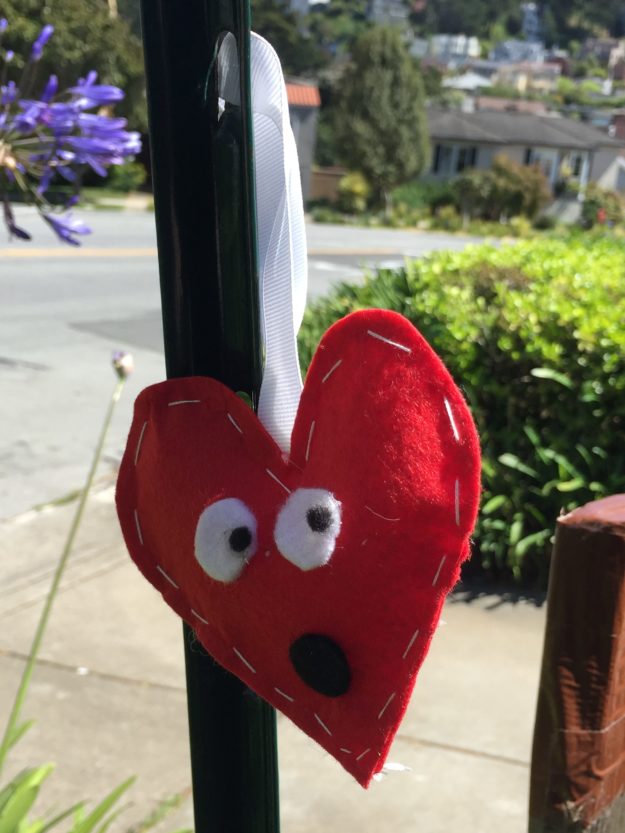Why Donor Wooing Requires WOWing
The Unfair Exchange Bernadette Jiwa, The Story of Telling.
“That will be eight dollars,’ the woman, who is carefully weighing and wrapping two serves of freshly made fettuccine for us to take home, says.
As my husband is about to hand her the cash, she takes another handful of the pasta from behind the glass and adds it to our package.
She doesn’t announce that she’s giving us twenty per cent extra for free.
She doesn’t even invite us to notice the gesture at all.
It’s enough for her that she knows she has added value.We think of value as a hard metric—the anticipated fair exchange of this for that.
But value can be a surprising, generous, unfair exchange.
Something that is given because we can, not because we must.“
Ah… value.
Wow, wow, WOW!
This is what all fundraising, fundamentally, is about.
Yet one side of the exchange is a hard metric: The donor’s cold, hard cash.
While the other side of the exchange is something decidedly less tangible: Freely given gratitude from you and your organization.
Or at least that’s how it should work.
The Difference between ‘We Must’ and ‘We Can’
What does your donor love and loyalty plan look like?
Do you even have such a plan?
If the only reason you acknowledge donations is because you feel you ‘must,’ it’s likely your donors aren’t walking away from the encounter feeling much more than matter-of-fact. The transactional receipts many organizations send out are registered by the donors as “Ho, hum. Guess I’ll go file this with my tax receipts.”
This kind of exchange is fair, sure.
But it’s not generous.
WHAT ELSE DO YOU HAVE TO GIVE?


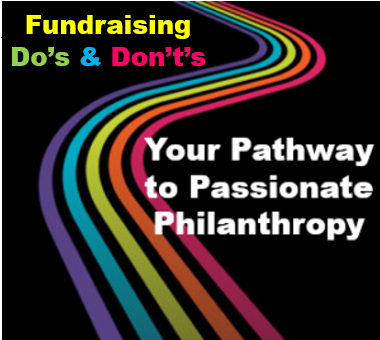
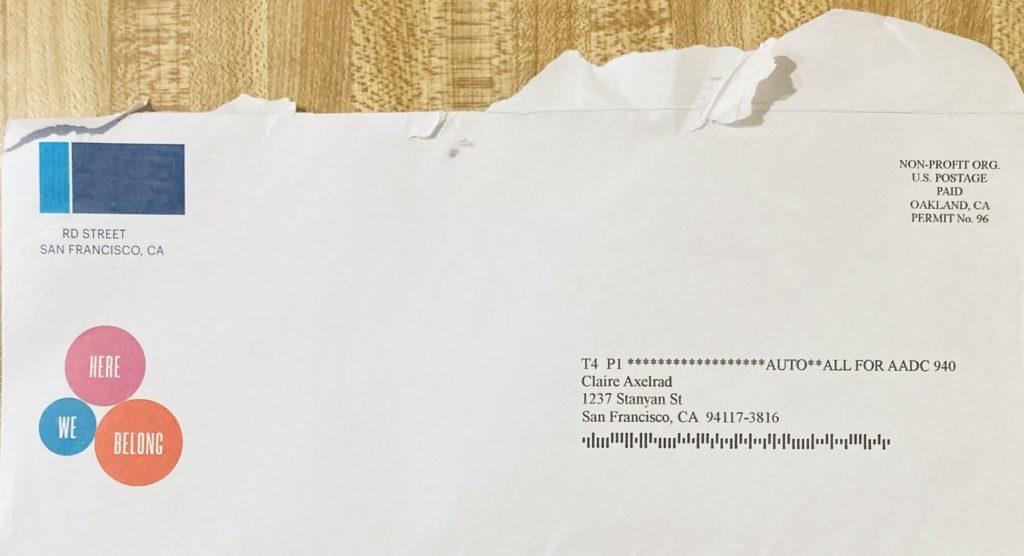


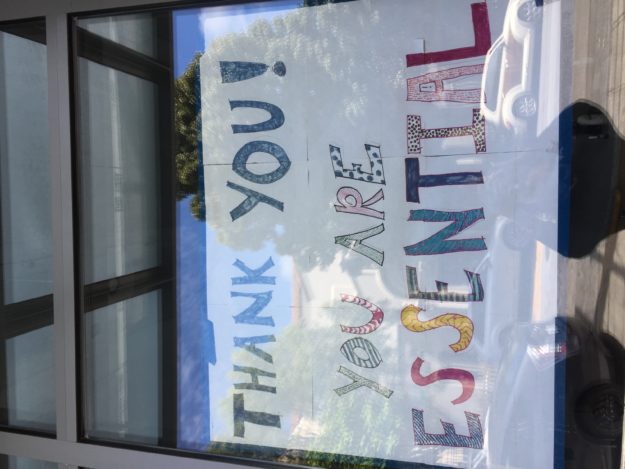
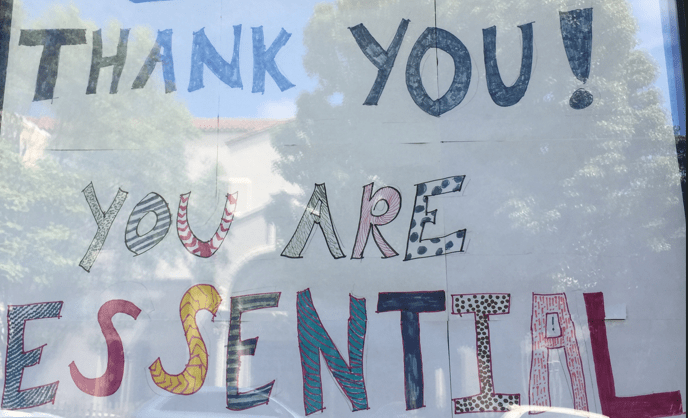 What do you spend more time on? Asking or thanking?
What do you spend more time on? Asking or thanking?
 I never begin writing a fundraising appeal without beginning with a template and checklist. It’s always good to remind yourself of the fundamentals.
I never begin writing a fundraising appeal without beginning with a template and checklist. It’s always good to remind yourself of the fundamentals.



 What I have for you is something you can do this week (or you can pick another week on your calendar that isn’t already overfilled with appointments, assignments, meetings and what-not). It’s really simple and really powerful. There’s one catch: you have to put aside 45 minutes/day for five days. If you’re resistant to change, read no further. This post isn’t for you. If, however, you have a hunch you might be able to move from good to great, then… read on (oh, and there’s a little bonus ‘gift’ at the end).
What I have for you is something you can do this week (or you can pick another week on your calendar that isn’t already overfilled with appointments, assignments, meetings and what-not). It’s really simple and really powerful. There’s one catch: you have to put aside 45 minutes/day for five days. If you’re resistant to change, read no further. This post isn’t for you. If, however, you have a hunch you might be able to move from good to great, then… read on (oh, and there’s a little bonus ‘gift’ at the end).
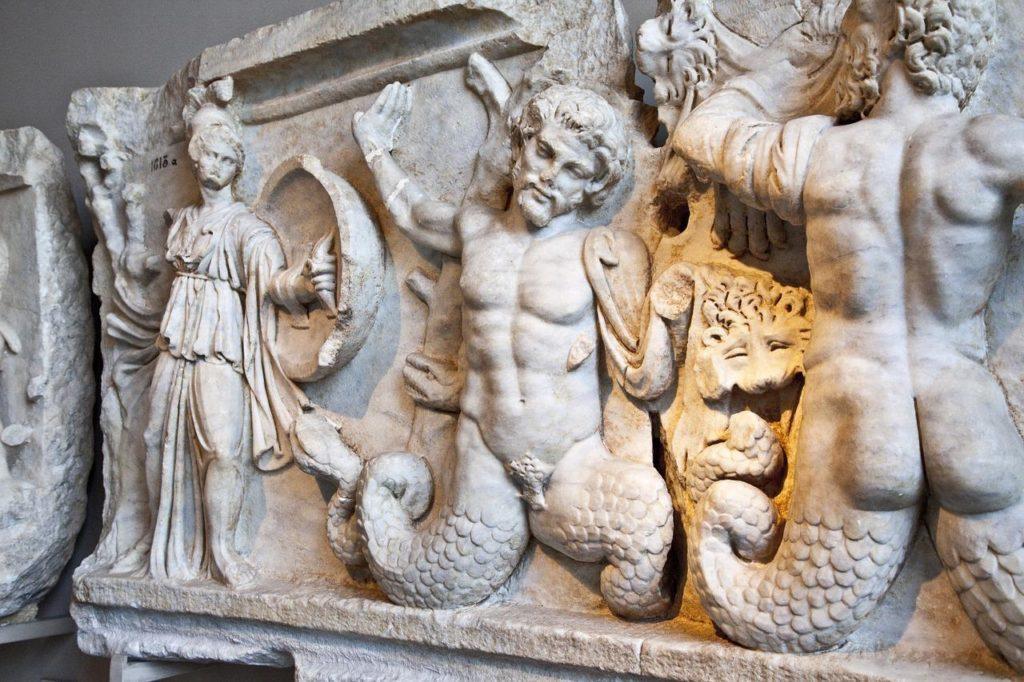 If you’re constantly encountering people on your staff or board who want to curtail your fundraising efforts, you’re not alone.
If you’re constantly encountering people on your staff or board who want to curtail your fundraising efforts, you’re not alone.
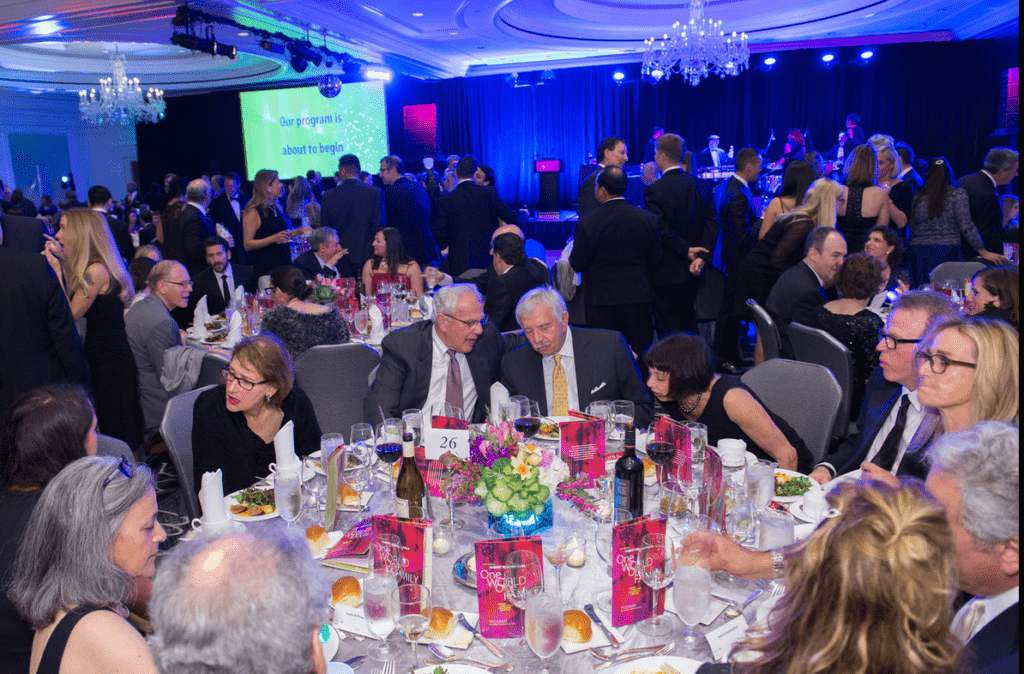


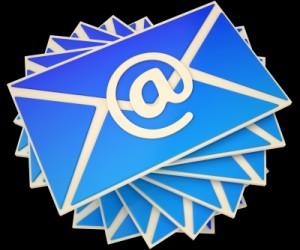

 For this year’s appeal, are you shooting from the hip?
For this year’s appeal, are you shooting from the hip?
 People are unpredictable sometimes. They’re also predictable.
People are unpredictable sometimes. They’re also predictable.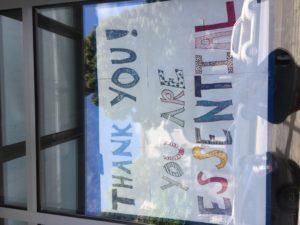 What do you spend more time on? Asking or thanking?
What do you spend more time on? Asking or thanking?

 I know you’re working on calendar year-end fundraising right now.
I know you’re working on calendar year-end fundraising right now.
 The modern model is more like a vortex — an energized circle where everyone is equal. People move in and out as needed, and your job is to keep the energy flowing.
The modern model is more like a vortex — an energized circle where everyone is equal. People move in and out as needed, and your job is to keep the energy flowing.
 How often have you heard someone say “I hate fundraising; I’ll do anything else,” or something along those lines?
How often have you heard someone say “I hate fundraising; I’ll do anything else,” or something along those lines?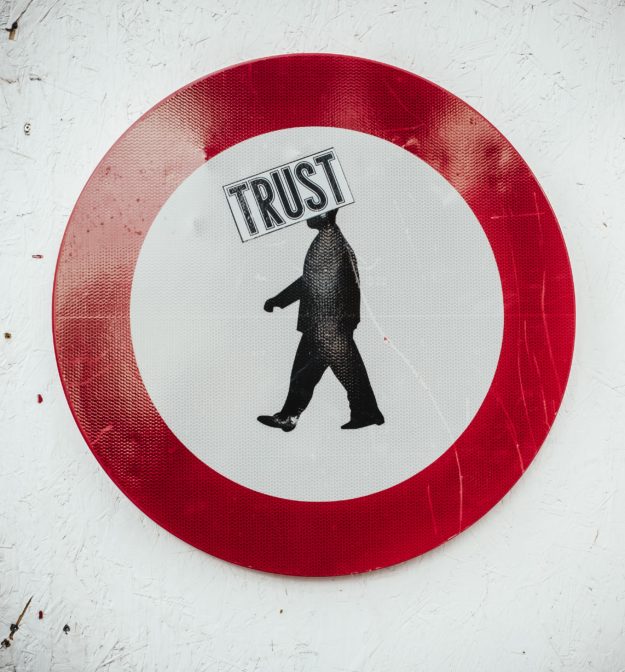
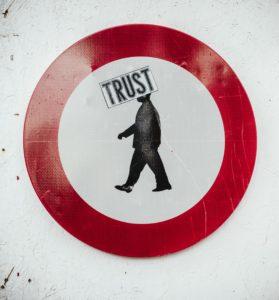 What do you most need to sustain your nonprofit through thick and thin?
What do you most need to sustain your nonprofit through thick and thin?
 Trust defines the credibility and legitimacy not only of your organization, but of the entire social benefit sector. Yet too few organizations make the effort to operationalize this construct into their fundraising and marketing planning.
Trust defines the credibility and legitimacy not only of your organization, but of the entire social benefit sector. Yet too few organizations make the effort to operationalize this construct into their fundraising and marketing planning.

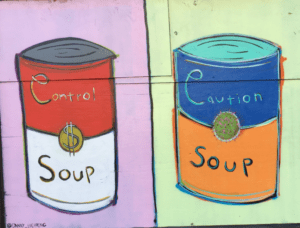 Ever have a well-meaning, yet perhaps overly controlling or risk-aversive, boss say to you:
Ever have a well-meaning, yet perhaps overly controlling or risk-aversive, boss say to you:
 Spring is always a good time for rebirth and dusting away the cobwebs. And what a grave, dusty, cobwebby year it’s been.
Spring is always a good time for rebirth and dusting away the cobwebs. And what a grave, dusty, cobwebby year it’s been.
 Giving is an emotional experience. It deserves an emotional response.
Giving is an emotional experience. It deserves an emotional response.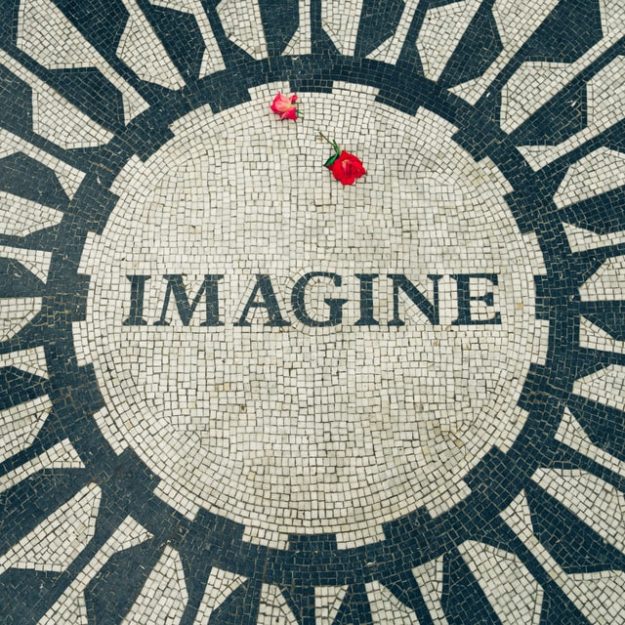
 One of my pet peeves as a donor is making a contribution (via a peer-to-peer request or tribute gift in honor or memory) in support of a friend; then receiving nothing but a form receipt.
One of my pet peeves as a donor is making a contribution (via a peer-to-peer request or tribute gift in honor or memory) in support of a friend; then receiving nothing but a form receipt.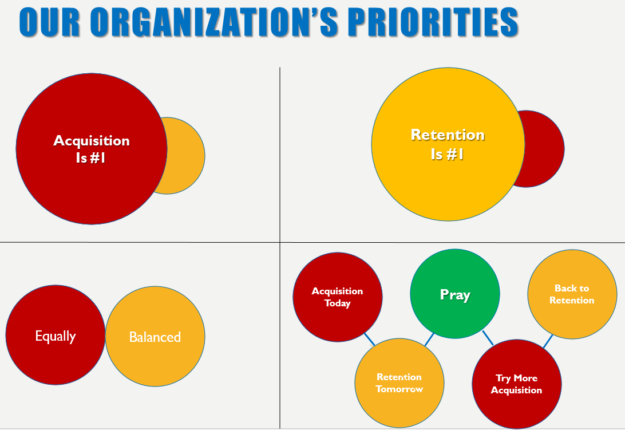

 13 happens to be my lucky number. I want it to be lucky for you too.
13 happens to be my lucky number. I want it to be lucky for you too. The Unfair Exchange
The Unfair Exchange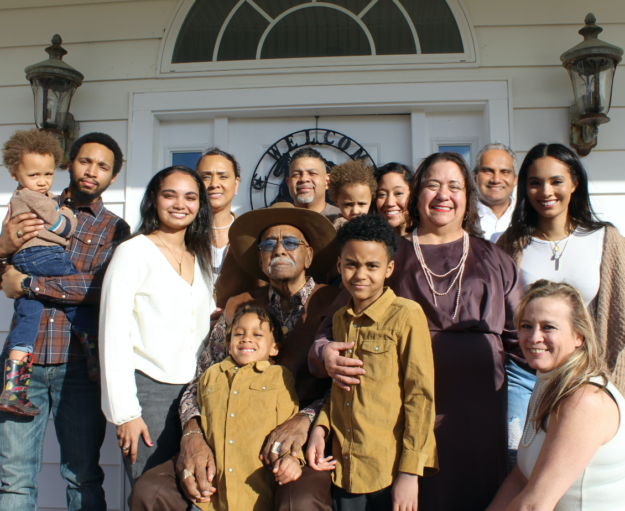
 People are more generous when they feel more connected.
People are more generous when they feel more connected. 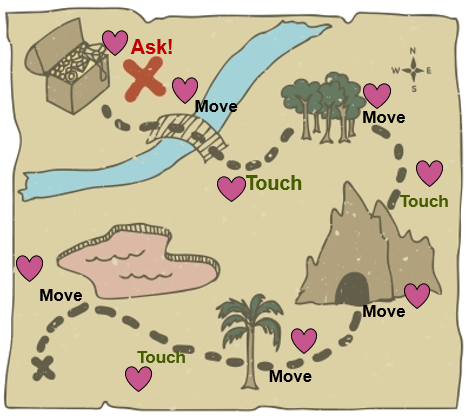
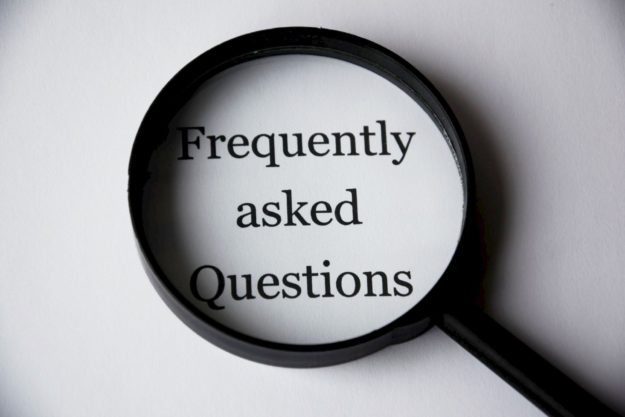
 If I had to tell you what you need to do to succeed with major gift fundraising in one short paragraph it would be this:
If I had to tell you what you need to do to succeed with major gift fundraising in one short paragraph it would be this:


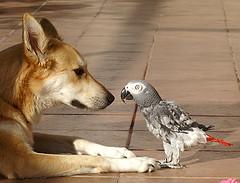
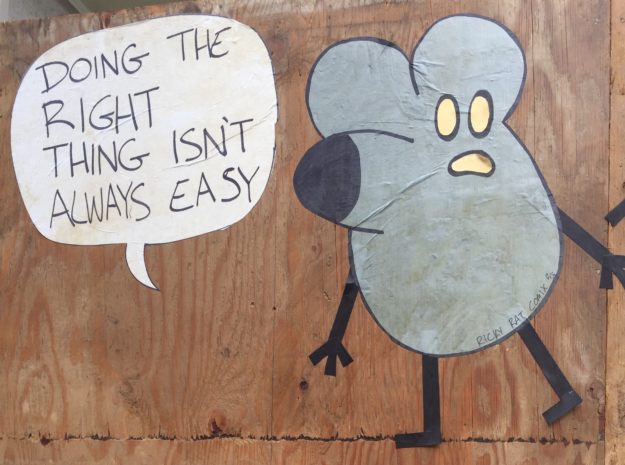
 Everyone is saying it.
Everyone is saying it.

